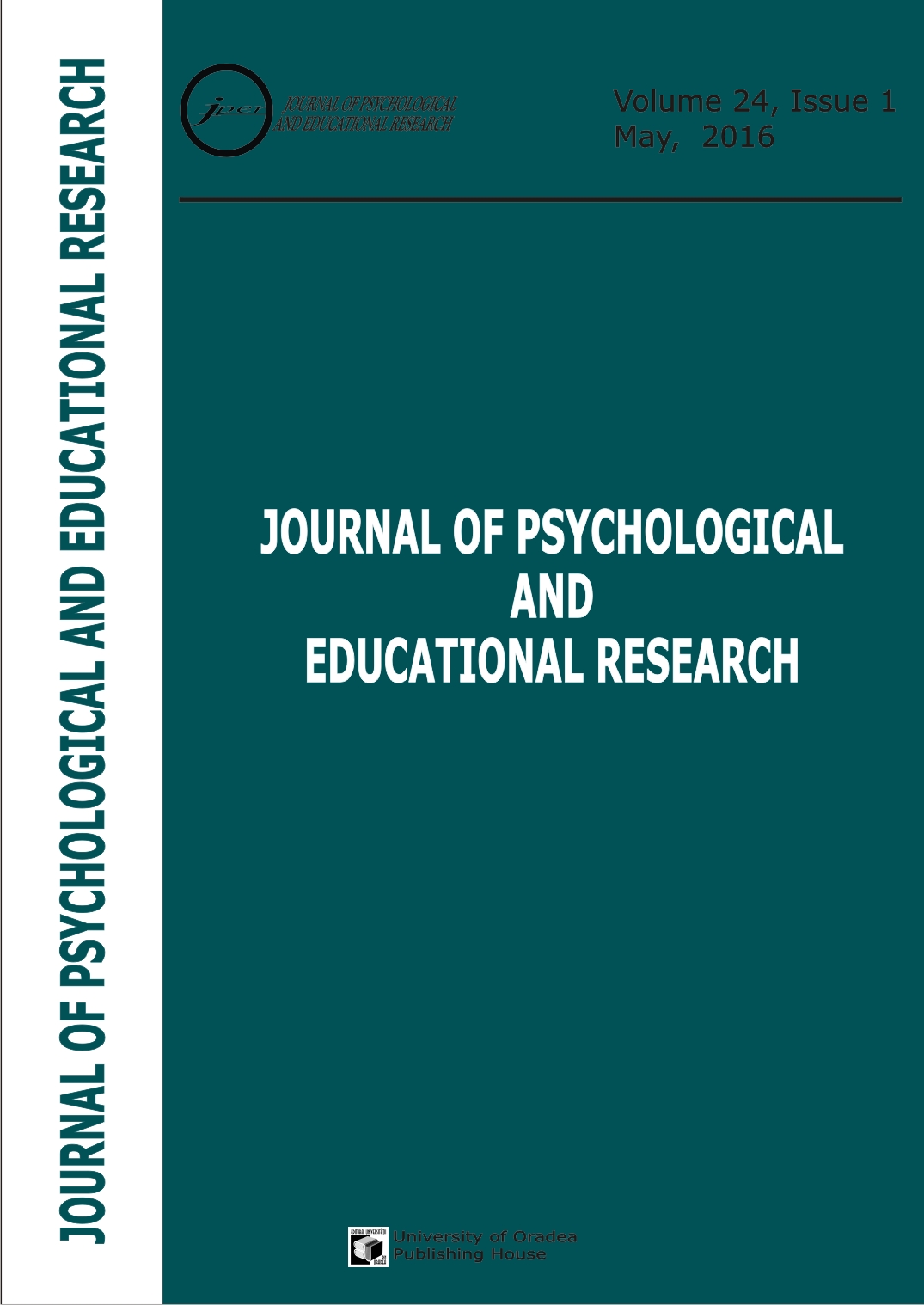Causal relation of academic misconduct behavior of students in Thai education institutions
Causal relation of academic misconduct behavior of students in Thai education institutions
Author(s): Isara Tongsamsi, Kanyaprin TongsamsiSubject(s): Social Sciences, Education, Psychology
Published by: Editura Universitatii din Oradea
Keywords: academic misconduct; theory of planned behavior; structural equation models; Thai education institution
Summary/Abstract: Corruption has always been a pervasive issue in Thailand. Consequently, the government has decided to contrive a long-term corruption prevention measure by introducing the “Growing Good” initiative to education institutions. Nevertheless, academic misconduct can be considered a form of corruption that can be extensively found at the primary, secondary, and higher education levels. Academic misconduct refers to any actions which breach the code of academic conduct. This research aims to anticipate behavioral intention and academic misconduct behavior of 756 students in Thailand drawn from convenience sampling. The instrument used for investigation was questionnaires adapted from the works of Miller, Shoptaugh, and Wooldridge (2011); Stone, Jawahar, and Kisamore (2010); and McCrink (2010). To measure internal consistency, the Cronbach alpha coefficient was calculated for scales used to measure responses towards academic misconduct behavior in the questionnaires. It was found that the confidence levels obtained through Cronbach alpha coefficient were as follows: .82 for the attitudes scales, .93 for the subjective norms’ scales, .93 for the perceived behavioral control scales, .97 for the behavioral intention scales, and .99 for the behavior scales. The analysis of data using partial least squares structural equation modeling from SmartPLS 2.0, according to the theory of planned behavior, can contribute to the understanding of 73.2% of variance in behavioral intention and 76.7% of variance in the academic misconduct behavior. The results of this study can be used by executives and managers of educational institutions as a guideline to prevent and solve issues related to academic misconduct.
Journal: Journal of Psychological and Educational Research (JPER)
- Issue Year: XXIV/2016
- Issue No: 1
- Page Range: 26-41
- Page Count: 16
- Language: English

